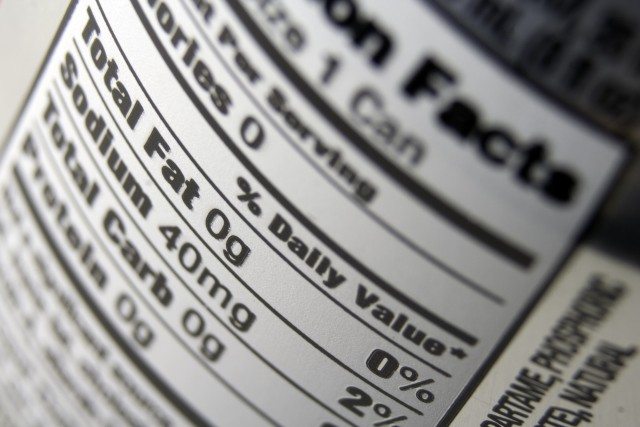Alcohol company Diageo says it will provide alcohol content and nutrition information per typical serve online and/or on-pack in a majority of its markets subject to local regulatory approval, as soon as practicable.
“We are committed to ensuring our consumers have the best possible information from which to make informed choices about our products: this includes alcohol content and nutrition information per typical serve,” says chief executive Ivan Menezes.
“Currently, there is no obligation to provide such information in markets worldwide, but we know that consumers are increasingly discerning about what’s in their glass.”
“We want to provide alcohol and nutrition information that consumers can quickly understand, instead of expecting them to do the math.”
Providing information on the amount of alcohol per serve helps consumers understand how much they are drinking.
This could help reduce the misuse of alcohol — a goal shared by regulators, consumer organizations, health professionals and alcohol companies alike.
Diageo will work with regulators around the world to agree the format of voluntary labels that provide information on alcohol content and nutrition per typical serve.
In the US, it has gained regulatory approval for a voluntary ‘serving facts’ panel for alcohol drinks that includes this nutrition and alcohol per serve information.
In the European Union (EU), alcohol drinks are currently exempt from providing nutrition information on labels, but other foodstuffs are required to do so per 100ml.
However, the 100ml basis does not reflect the reality of the way drinkers consume alcohol, and is therefore misleading.
Diageo believes that consumer information for alcohol is best provided per typical serve, so that consumers can understand the alcohol and nutrition content of serves of different drinks, which vary in size across beer, wine and spirits.
To this end, the company will work with the EU to establish a standard alcohol unit across the 28 Member States to provide an effective way of communicating alcohol content to consumers.










